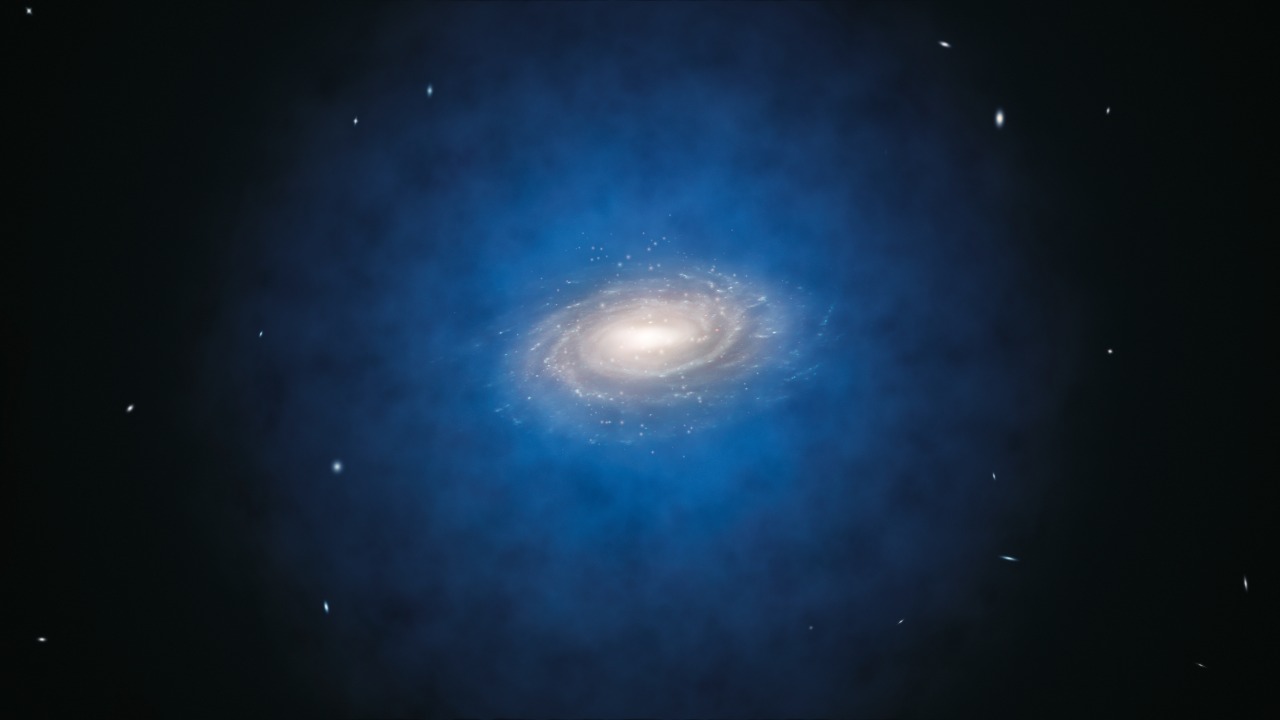
Astronomers have made a groundbreaking discovery that could potentially reshape our understanding of the universe’s formative years. They have uncovered a hidden superheated star factory in the early universe, suggesting that star birth was far more intense than previously modeled. This revelation, detected through advanced observations, challenges long-held views on cosmic evolution and star formation processes, and could rewrite cosmic history.
The Discovery of the Superheated Star Factory
The initial detection of this star factory was made possible by cutting-edge telescopes. Located in the early universe, this stellar nursery was revealed in a recent announcement by Chalmers University of Technology. The superheated conditions within the factory, a hidden phenomenon until now, are believed to be capable of intense star production.
This discovery is not just about a single star factory. It has broader implications that could potentially rewrite cosmic history, as outlined in a recent report by The Daily Galaxy. The existence of such a superheated star factory challenges our current understanding of star formation and the evolution of the universe.
Unveiling the Early Universe’s Stellar Secrets
The star factory operates in an era when the universe was less than a billion years old, as detailed in the Chalmers announcement. This places it in the early universe, a period that has always been of great interest to astronomers. The superheated environment within the factory is believed to have played a crucial role in accelerating star formation, a phenomenon that was previously unobserved.
Initial spectroscopic data confirmed the existence of the factory, providing precise observational backing for this groundbreaking discovery. This data, combined with the factory’s placement in the early universe, offers a unique glimpse into the universe’s formative years and the processes that led to star formation.
Implications for Cosmic History
The intensity of the star factory could alter our understanding of galaxy formation timelines. As stated in the Daily Galaxy article, this discovery has the potential to rewrite cosmic history. The factory’s influence on elemental distribution in the early cosmos is another significant aspect to consider, as it is directly linked to the superheated star production detailed in the Chalmers report.
Furthermore, this discovery could have ripple effects on theories of dark matter and cosmic expansion. While these theories are not directly challenged by the discovery, the existence of such a superheated star factory adds a new dimension to our understanding of the universe’s evolution.
Technological Breakthroughs Behind the Find
The detection of the faint signals from this hidden factory was made possible by advanced radio telescopes. The Chalmers astronomers’ contributions, as detailed in their press release, were instrumental in this discovery. The data analysis techniques used to isolate the superheated signatures also played a crucial role, ensuring alignment with the early universe context.
Furthermore, the discovery was a result of collaborative efforts among international teams. The global impact of this announcement, as covered by The Daily Galaxy, underscores the significance of international cooperation in advancing our understanding of the universe.
Challenges in Observing Distant Stellar Nurseries
Observing phenomena in the early universe is fraught with challenges, including cosmic dust and redshift. The star factory’s hidden status, as reported in the Daily Galaxy, serves as a key example of these obstacles. Verification processes involving multiple wavelength observations, as detailed in the Chalmers discovery methodology, are crucial in overcoming these challenges.
This discovery overcomes prior limitations in early universe mapping, emphasizing the superheated nature of the star factory. It provides a new perspective on the early universe, paving the way for further exploration and understanding.
Future Research Directions
Follow-up observations with next-generation instruments are needed to map the full extent of the star factory. This builds on the implications for cosmic history outlined in the Daily Galaxy report. Studies on similar hidden factories are also anticipated, with the early universe placement in the Chalmers announcement serving as foundational context.
Integrations with simulations to model star factory evolution are another promising research direction. The discovery of the superheated star factory could potentially lead to a paradigm shift in our understanding of the universe, opening up new avenues for exploration and study.
More from MorningOverview